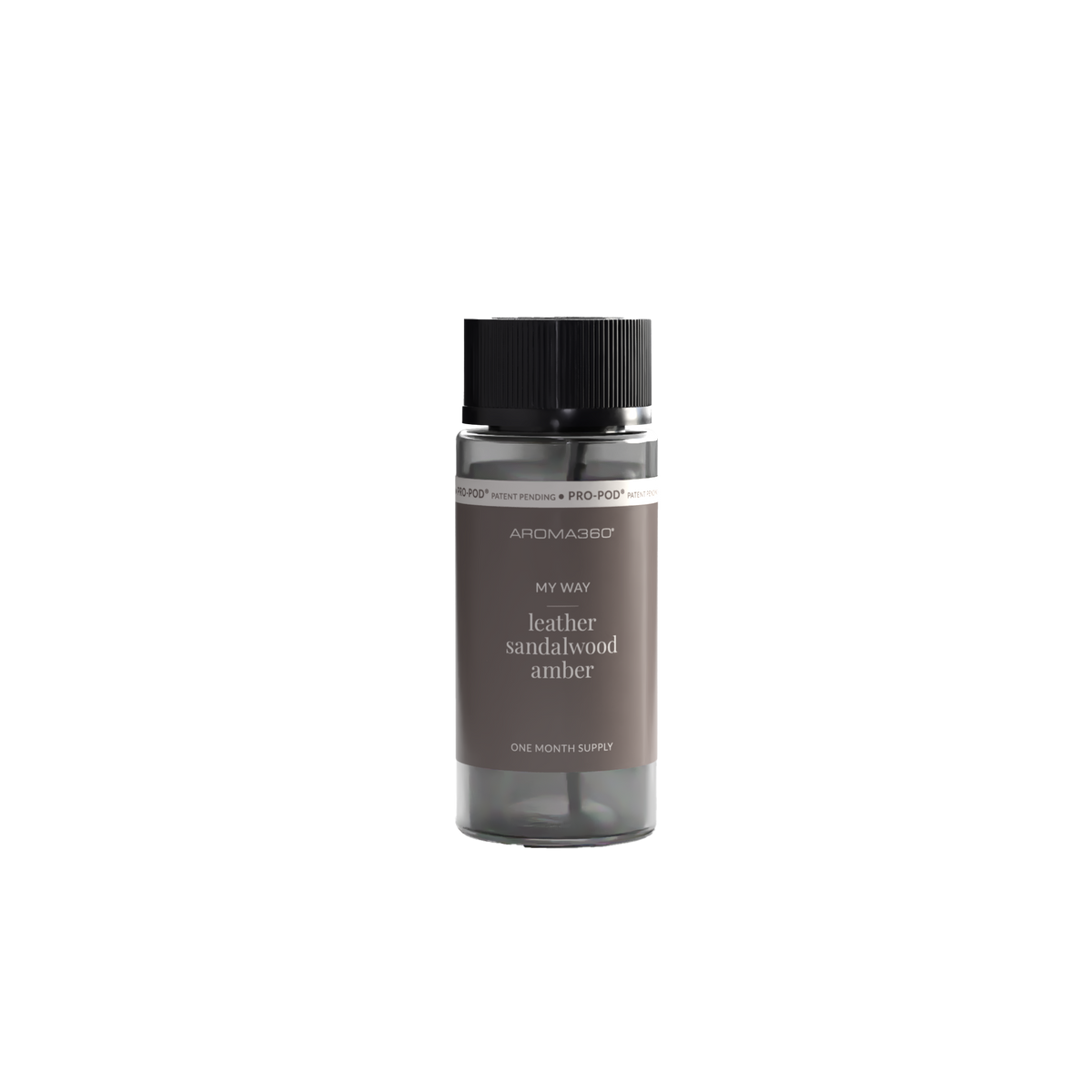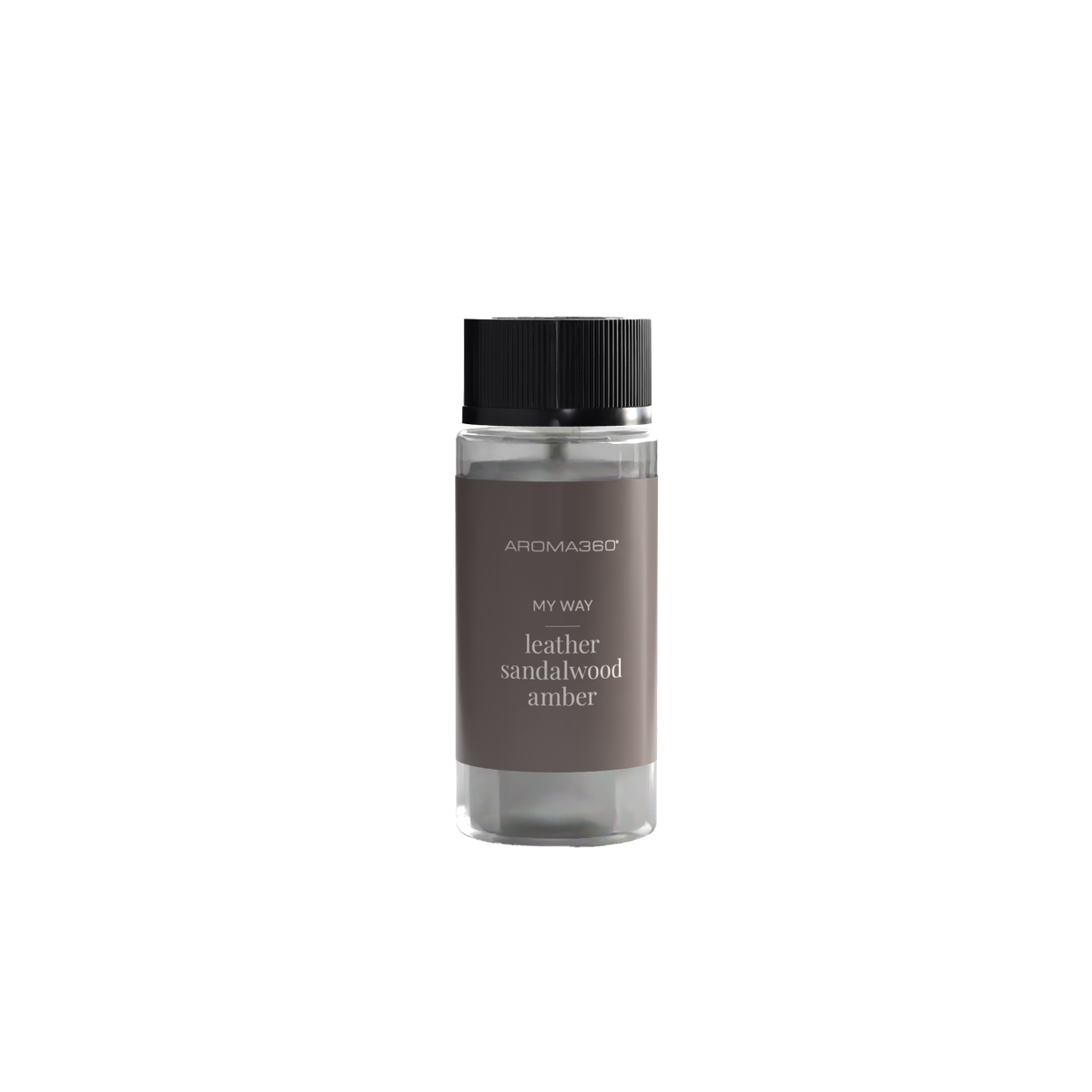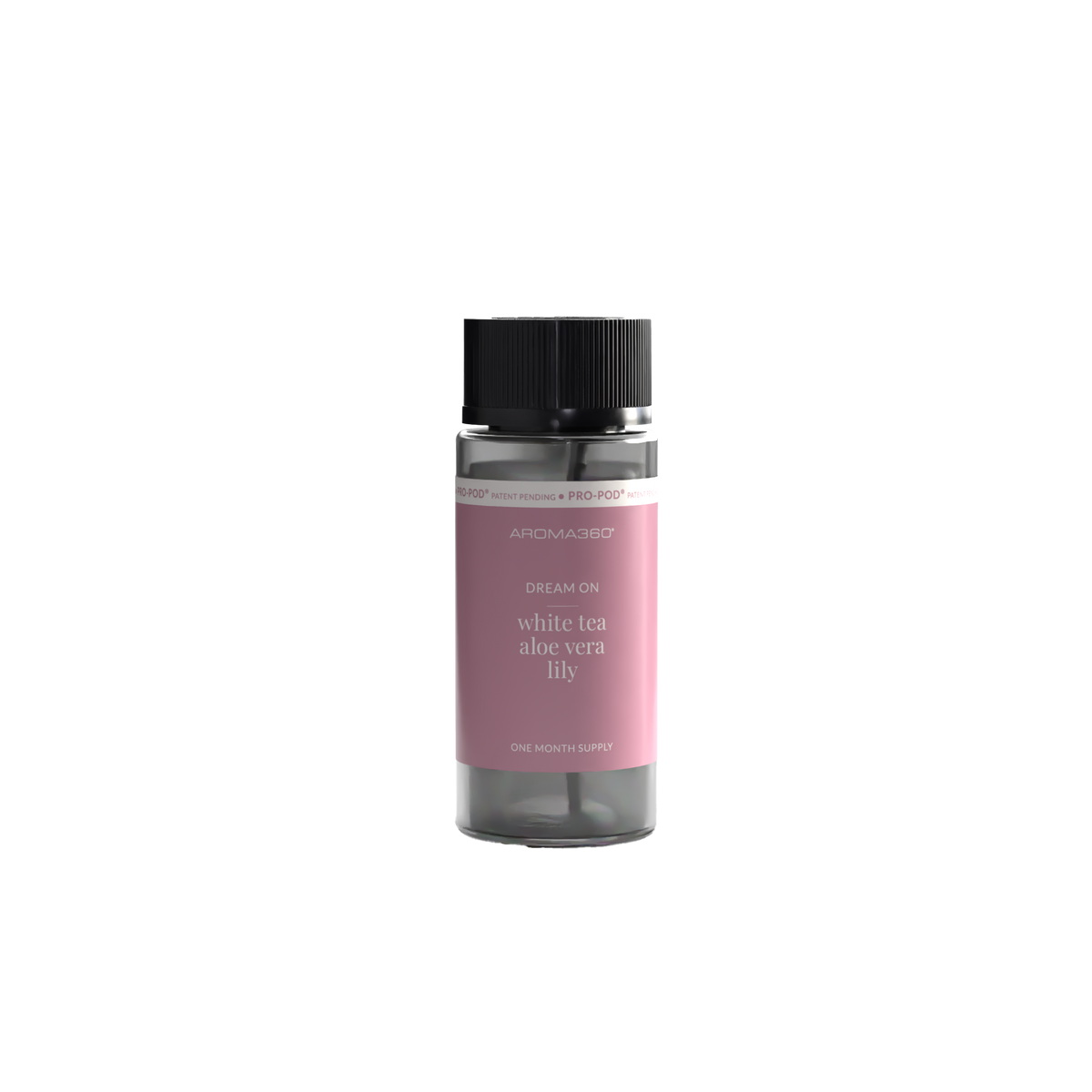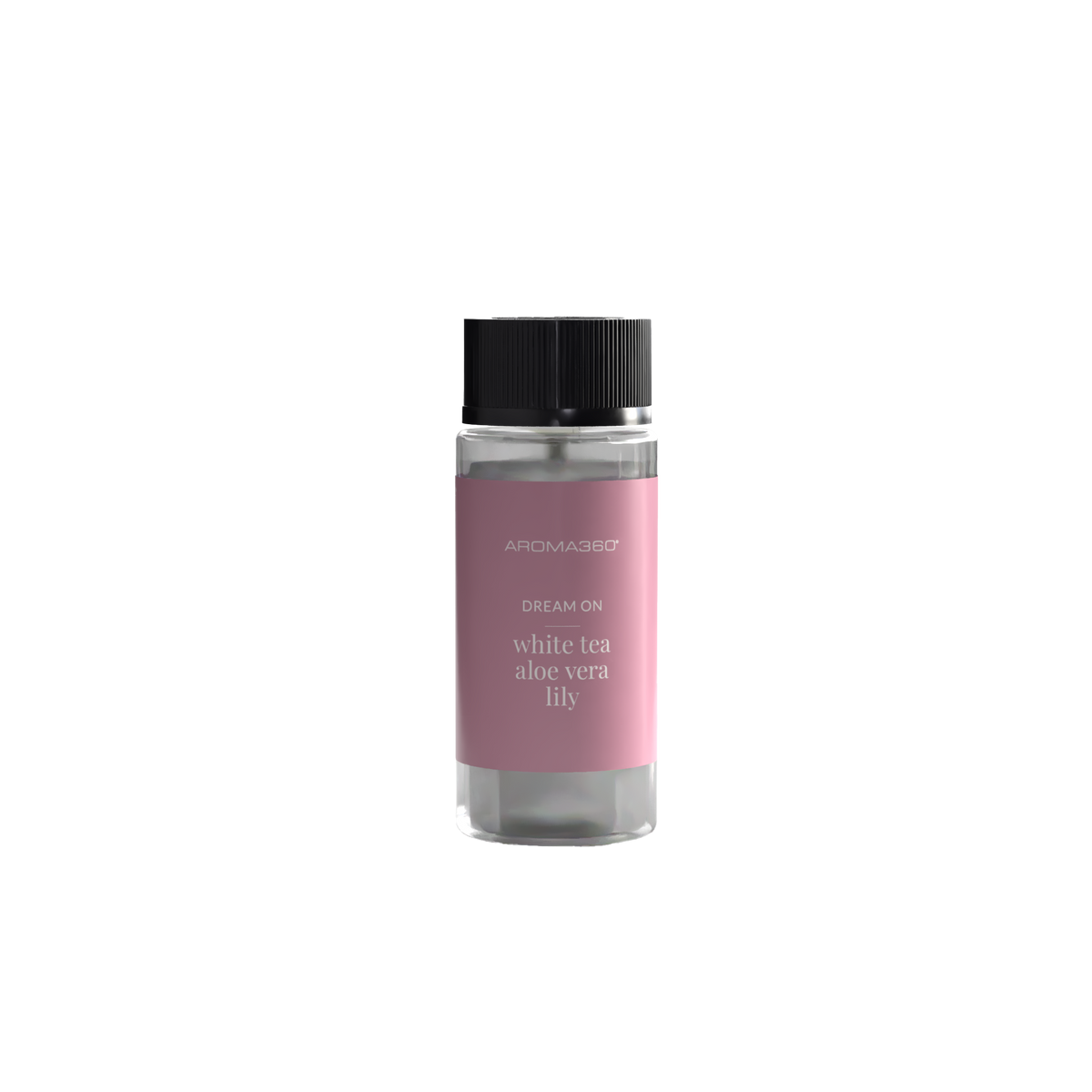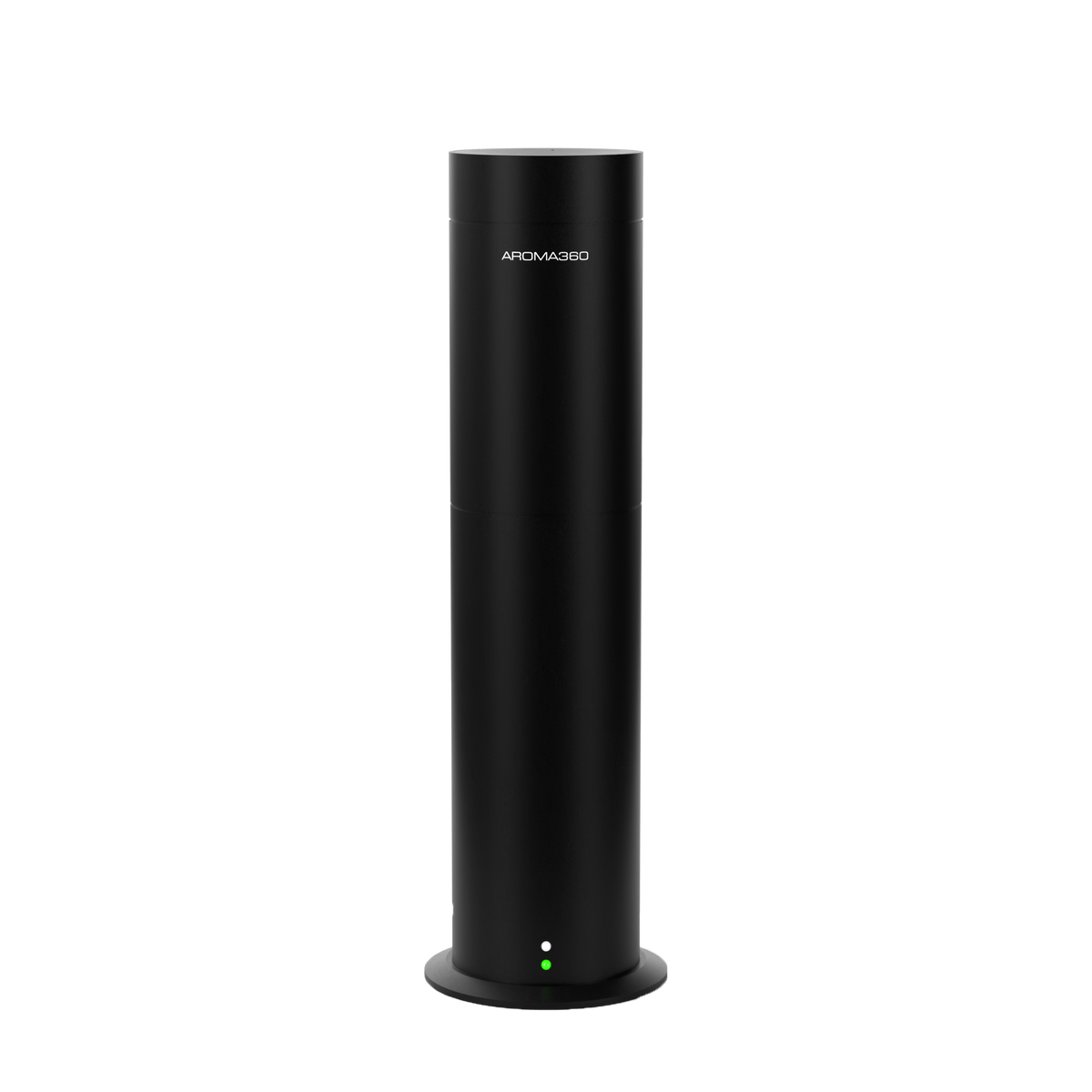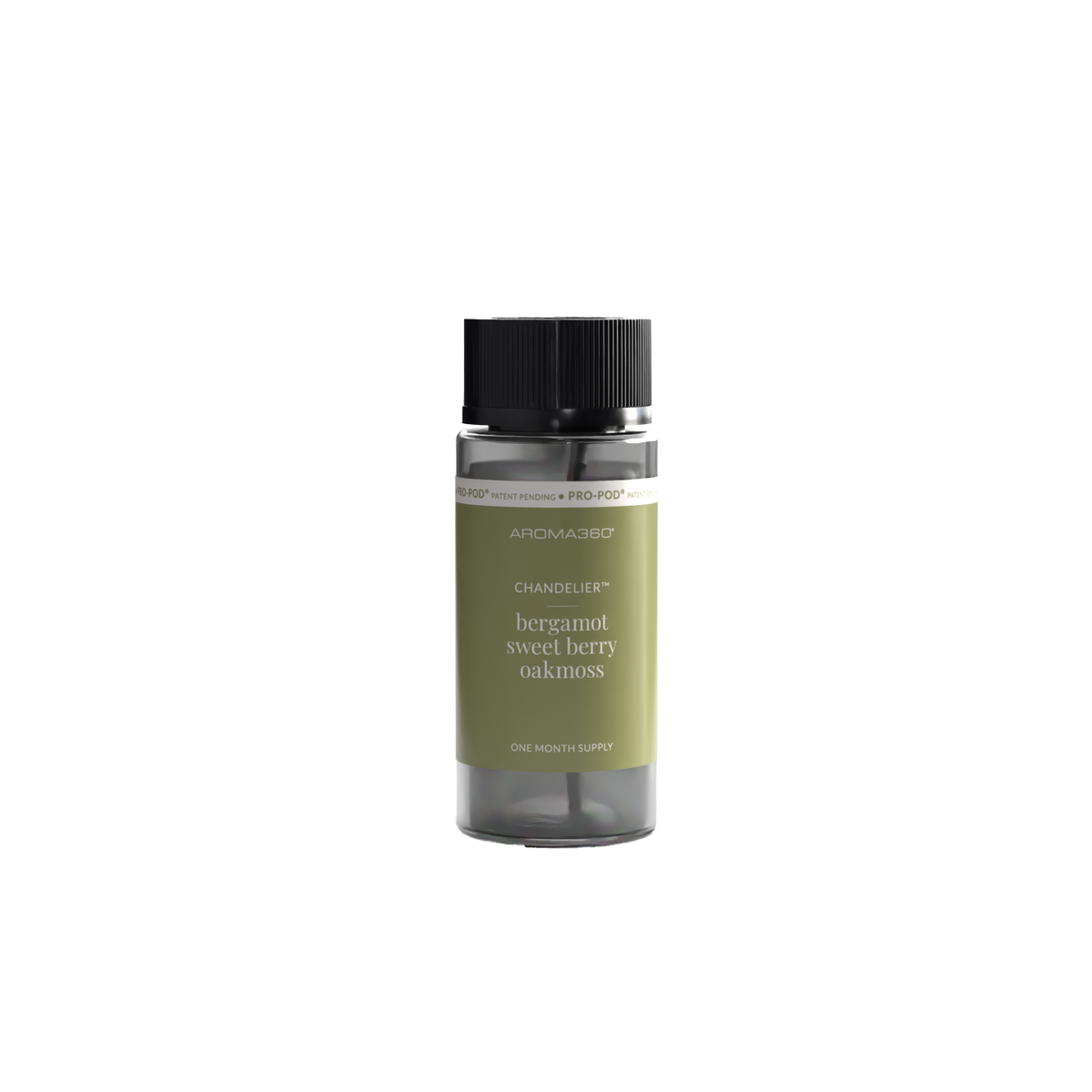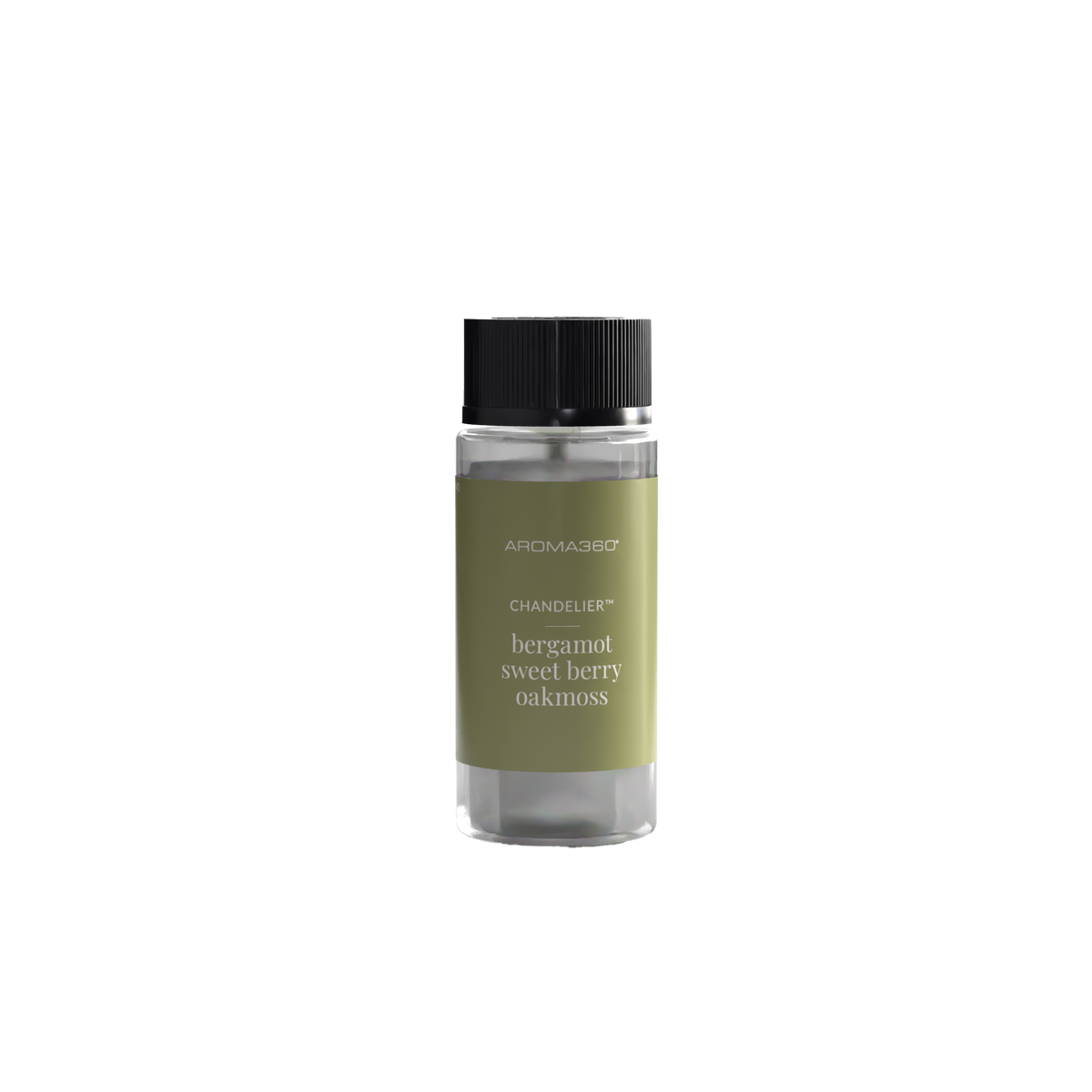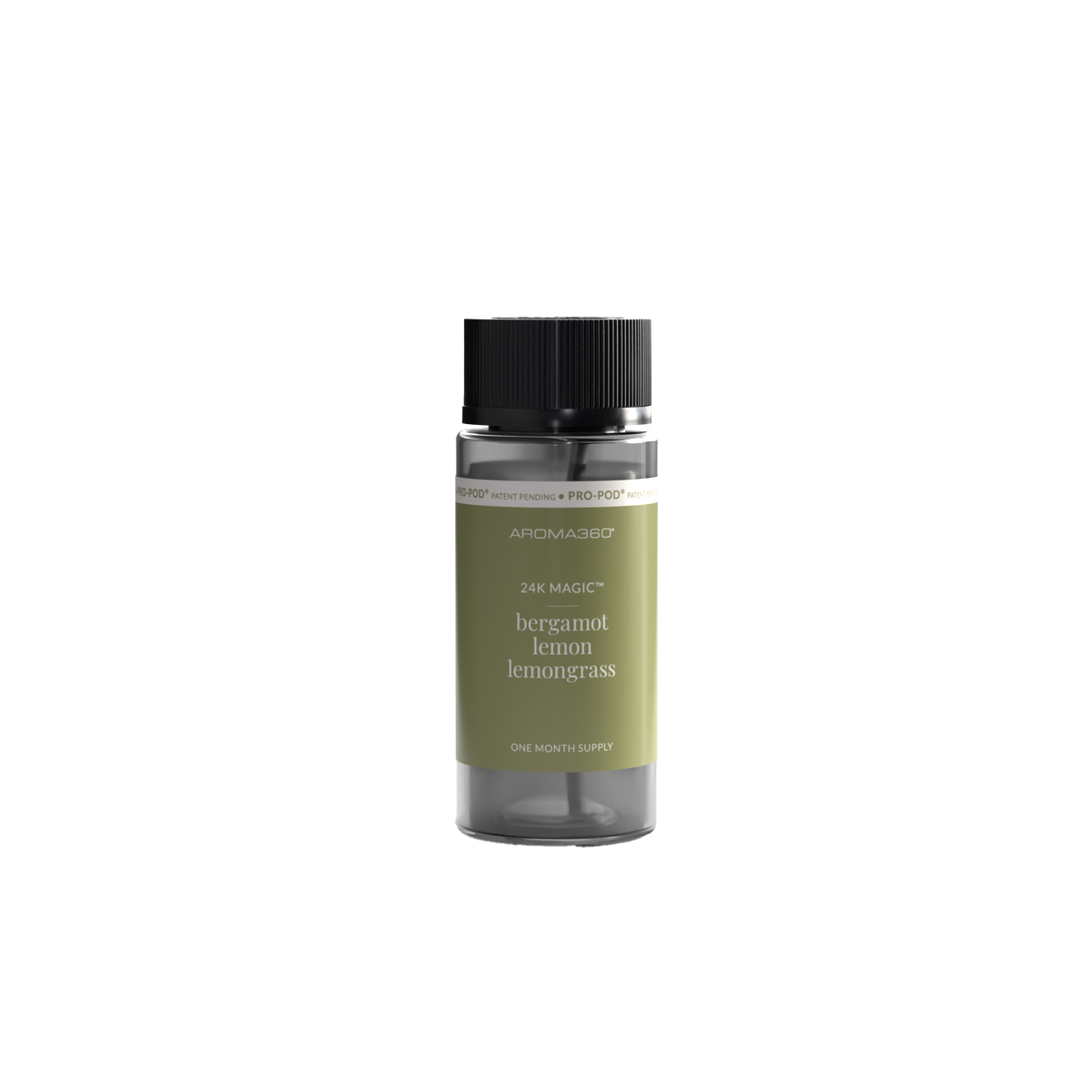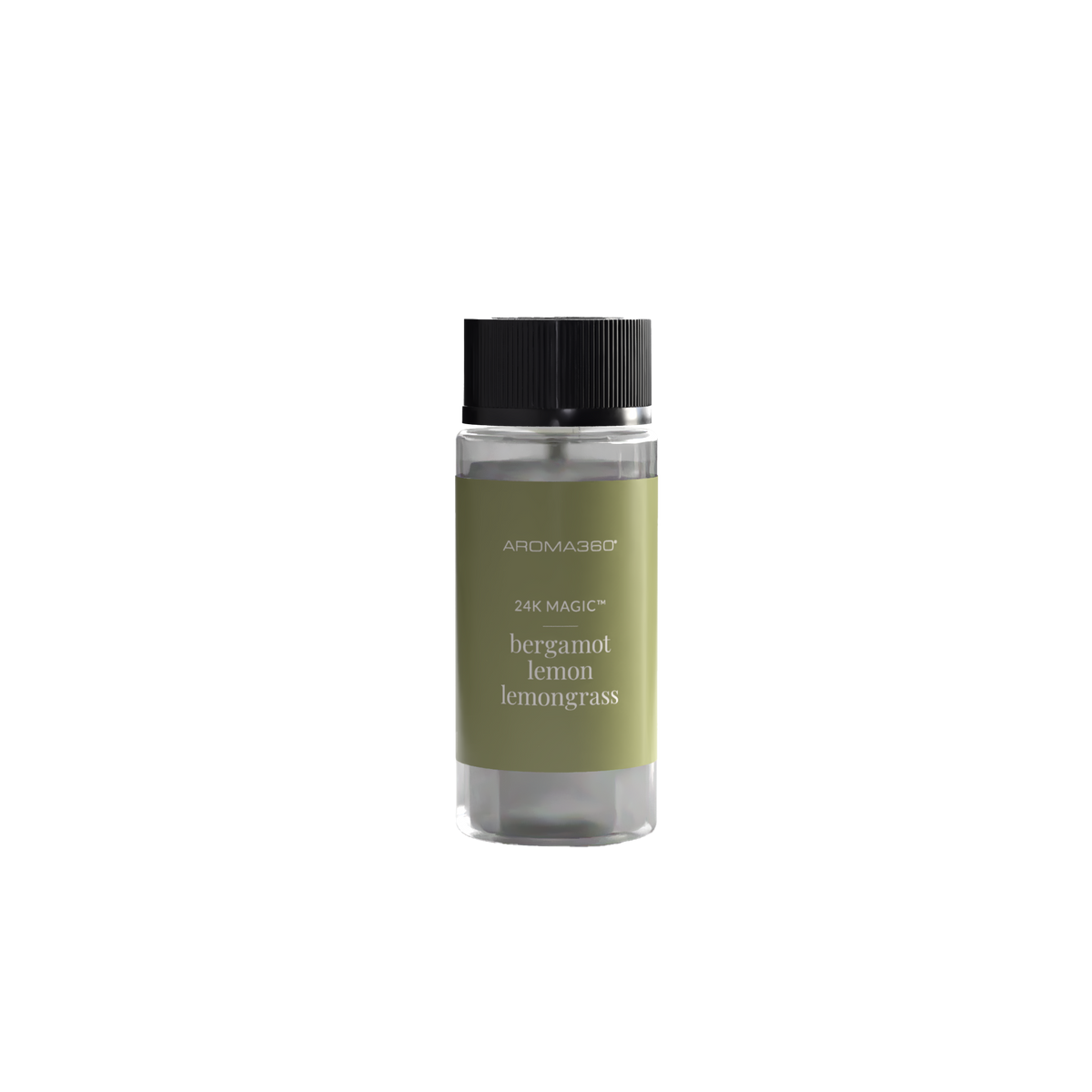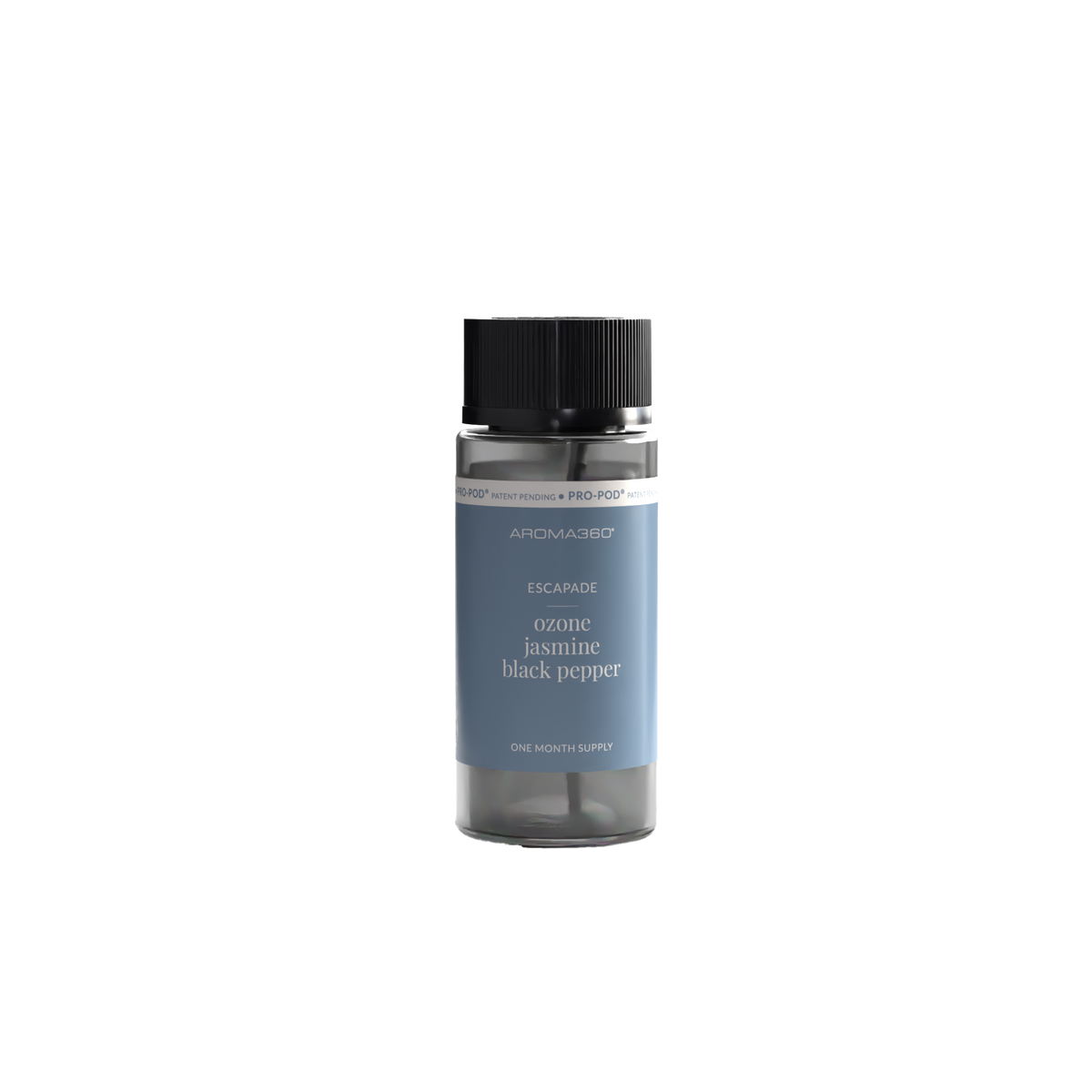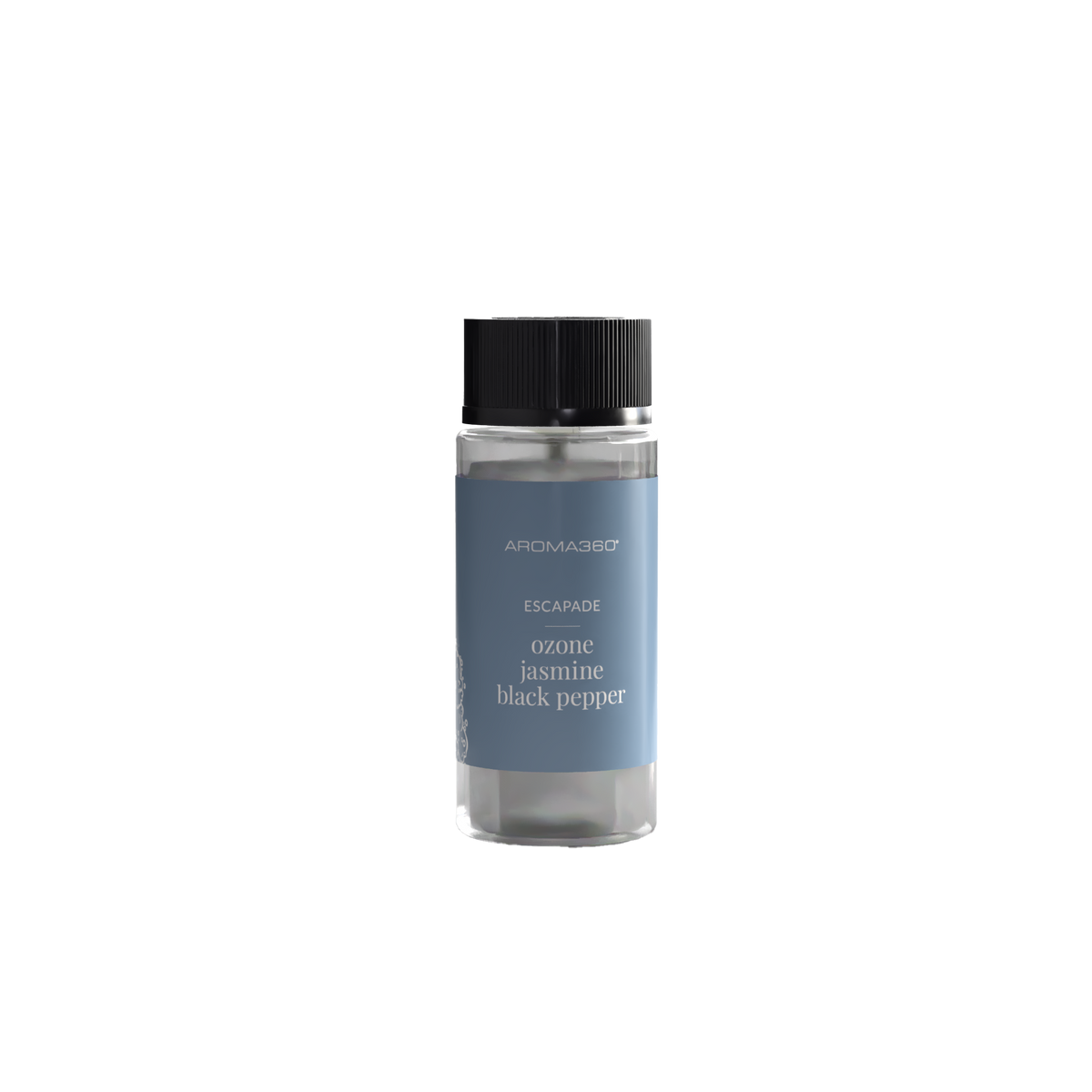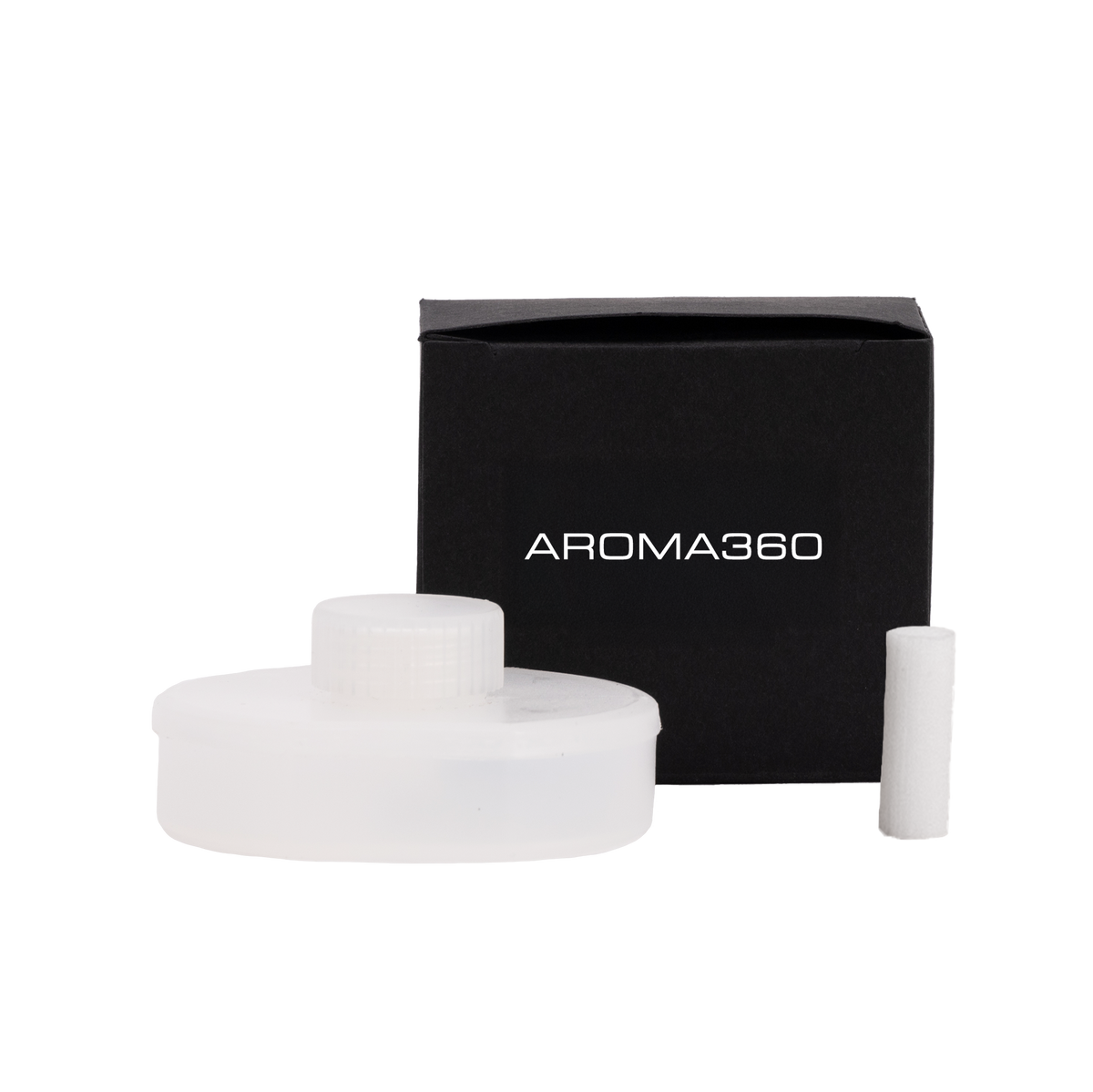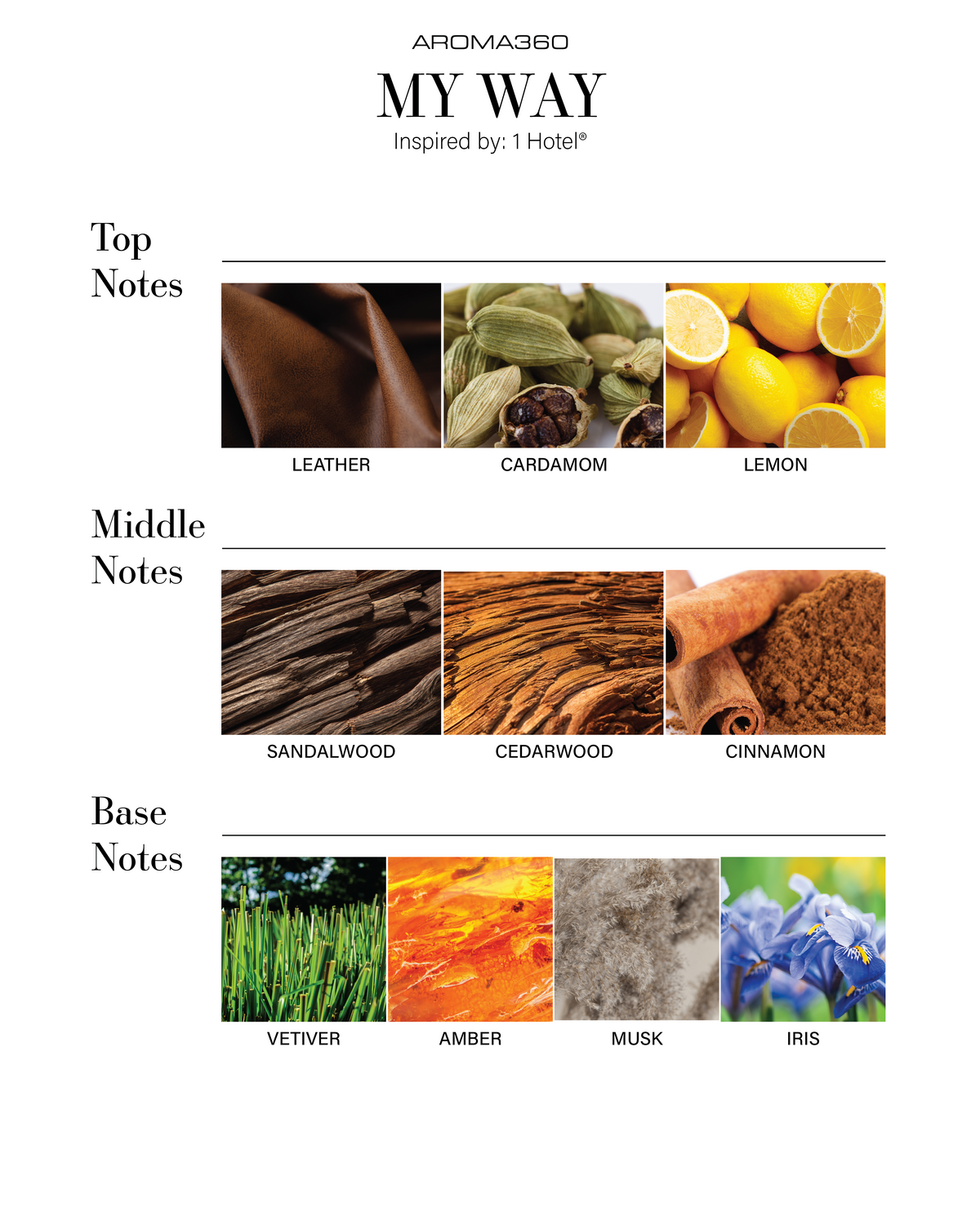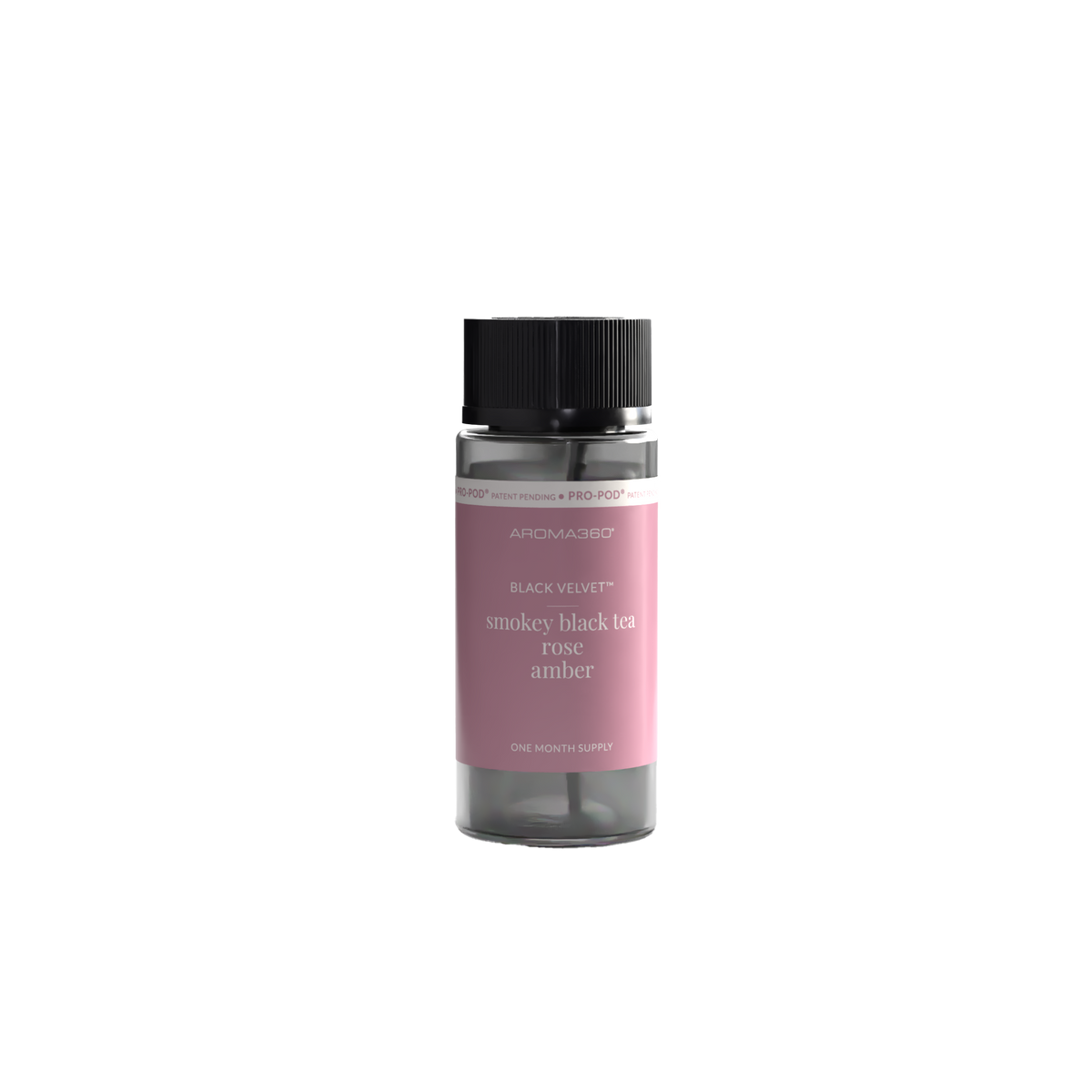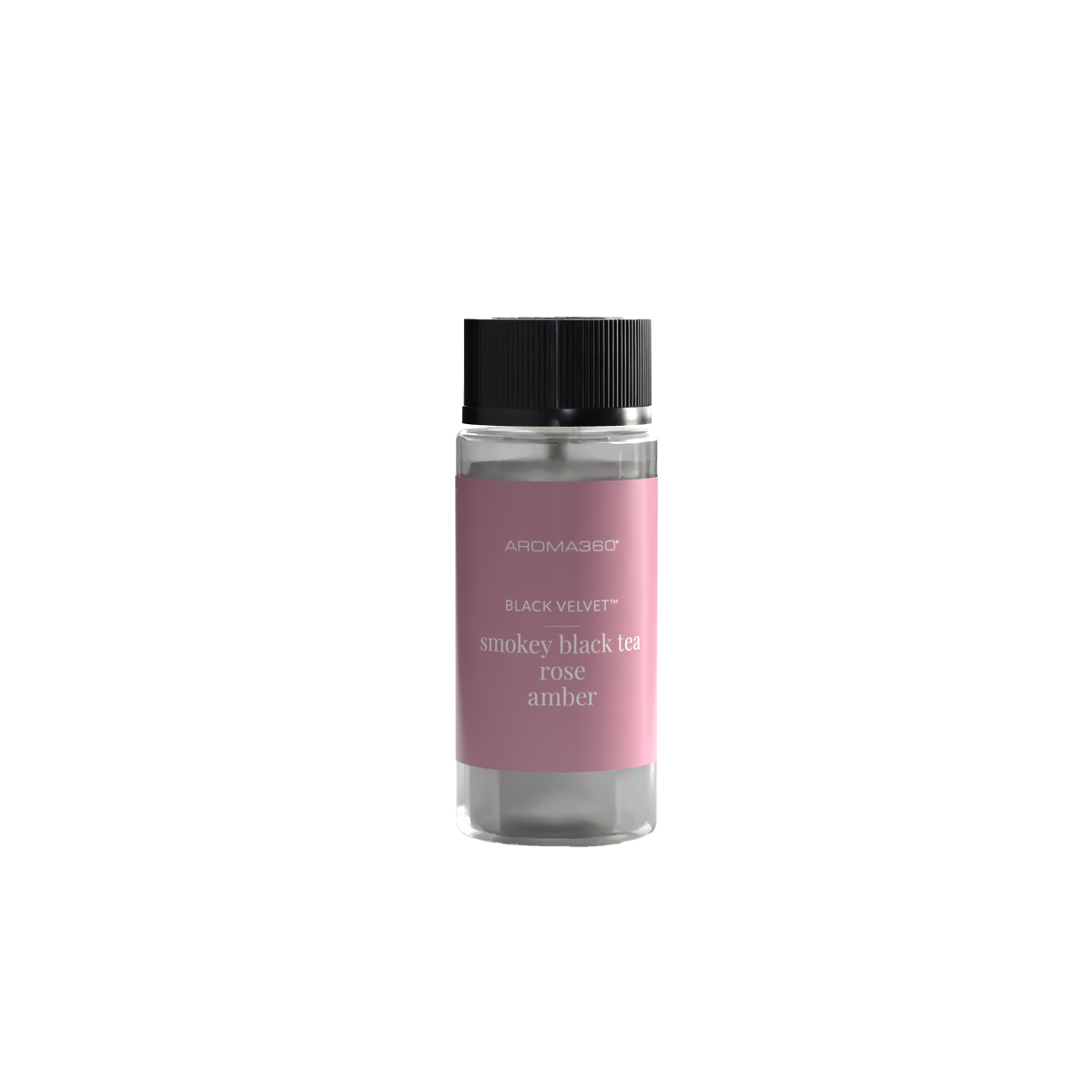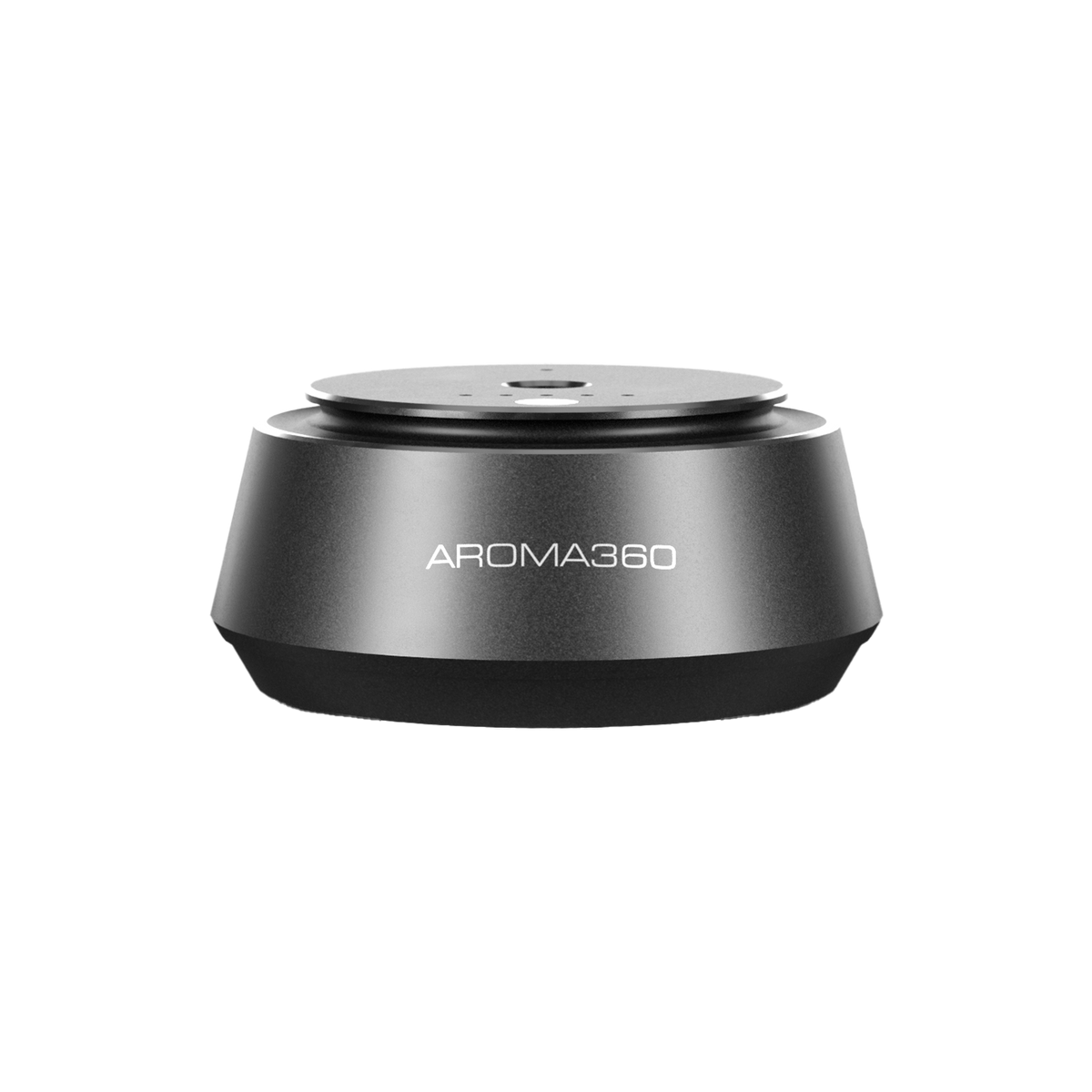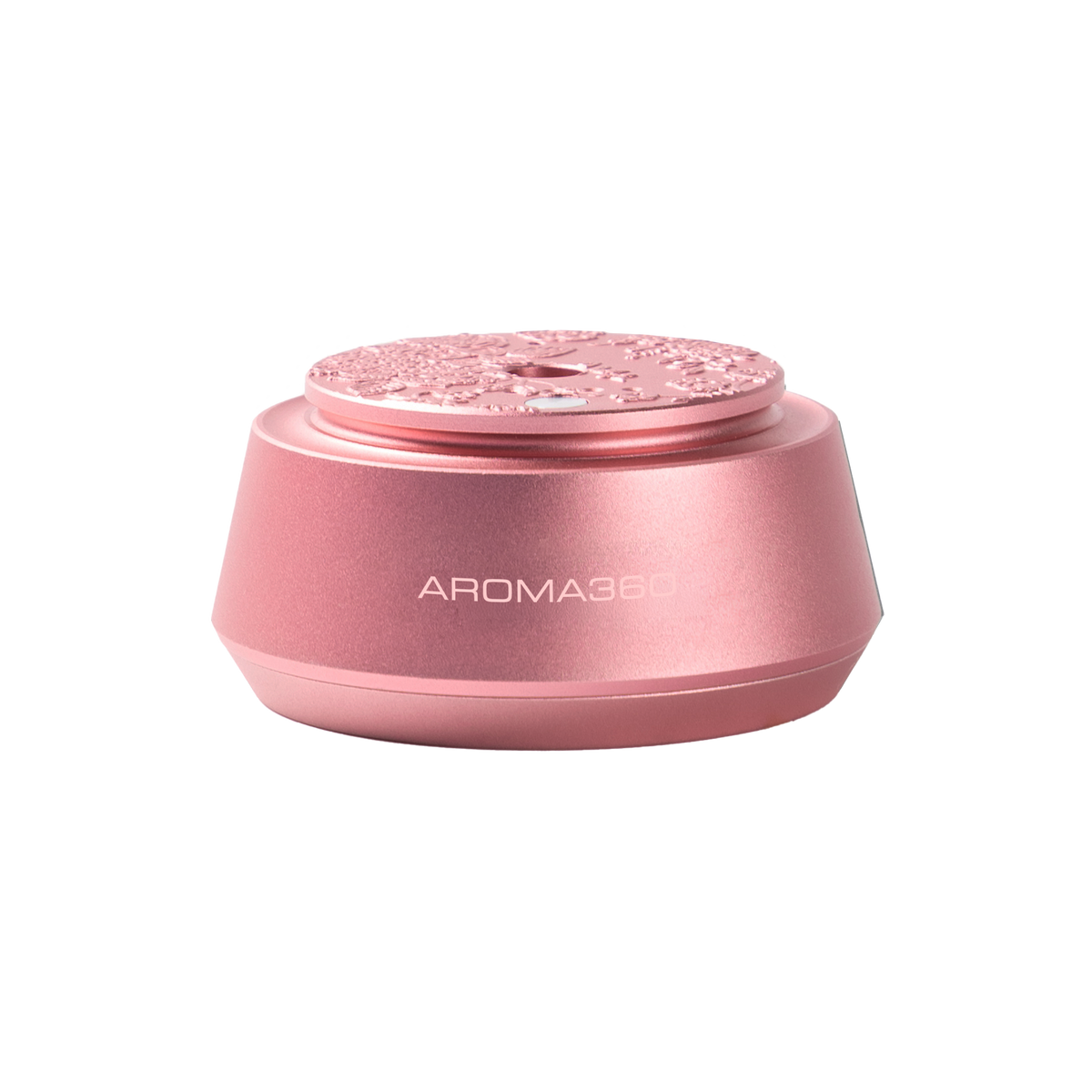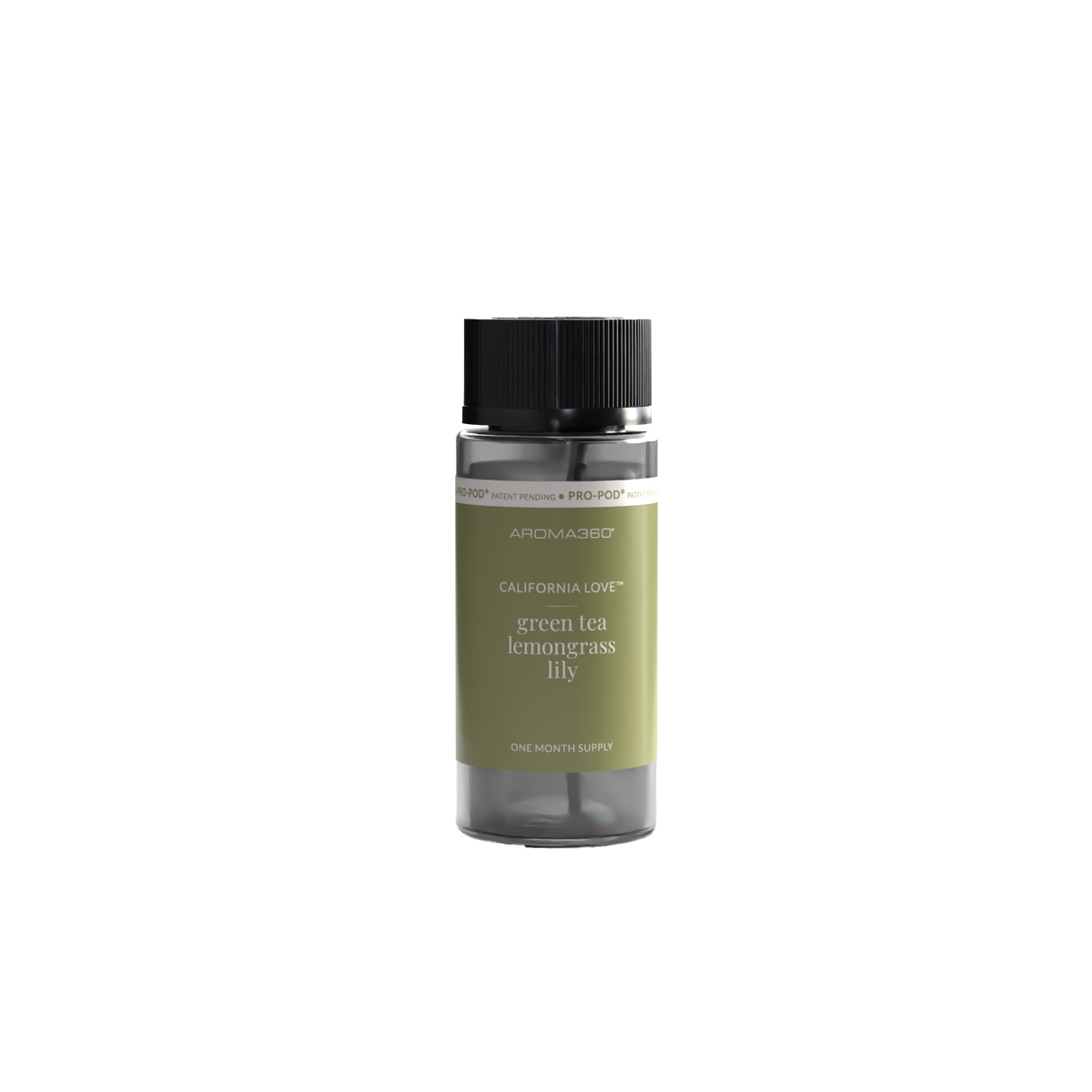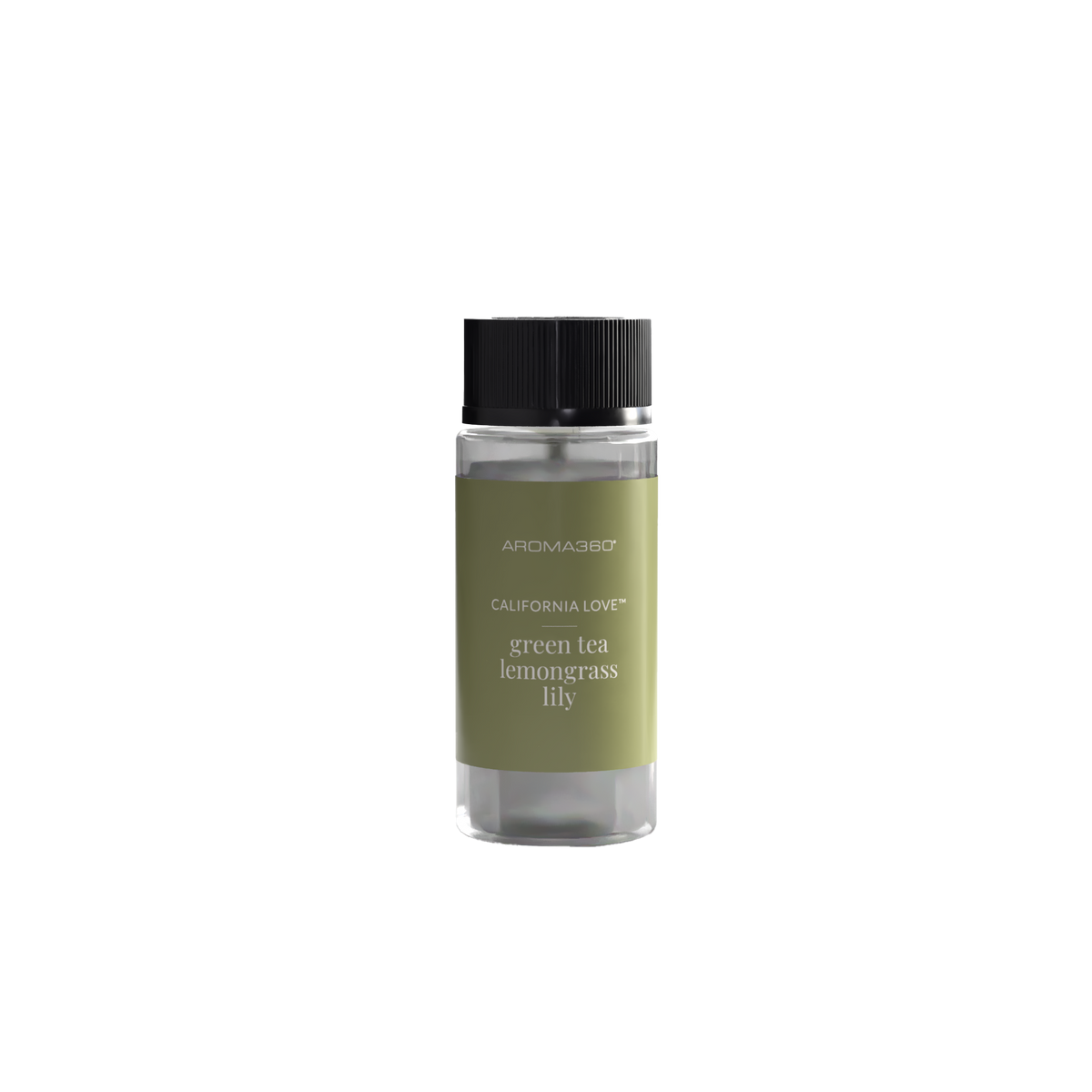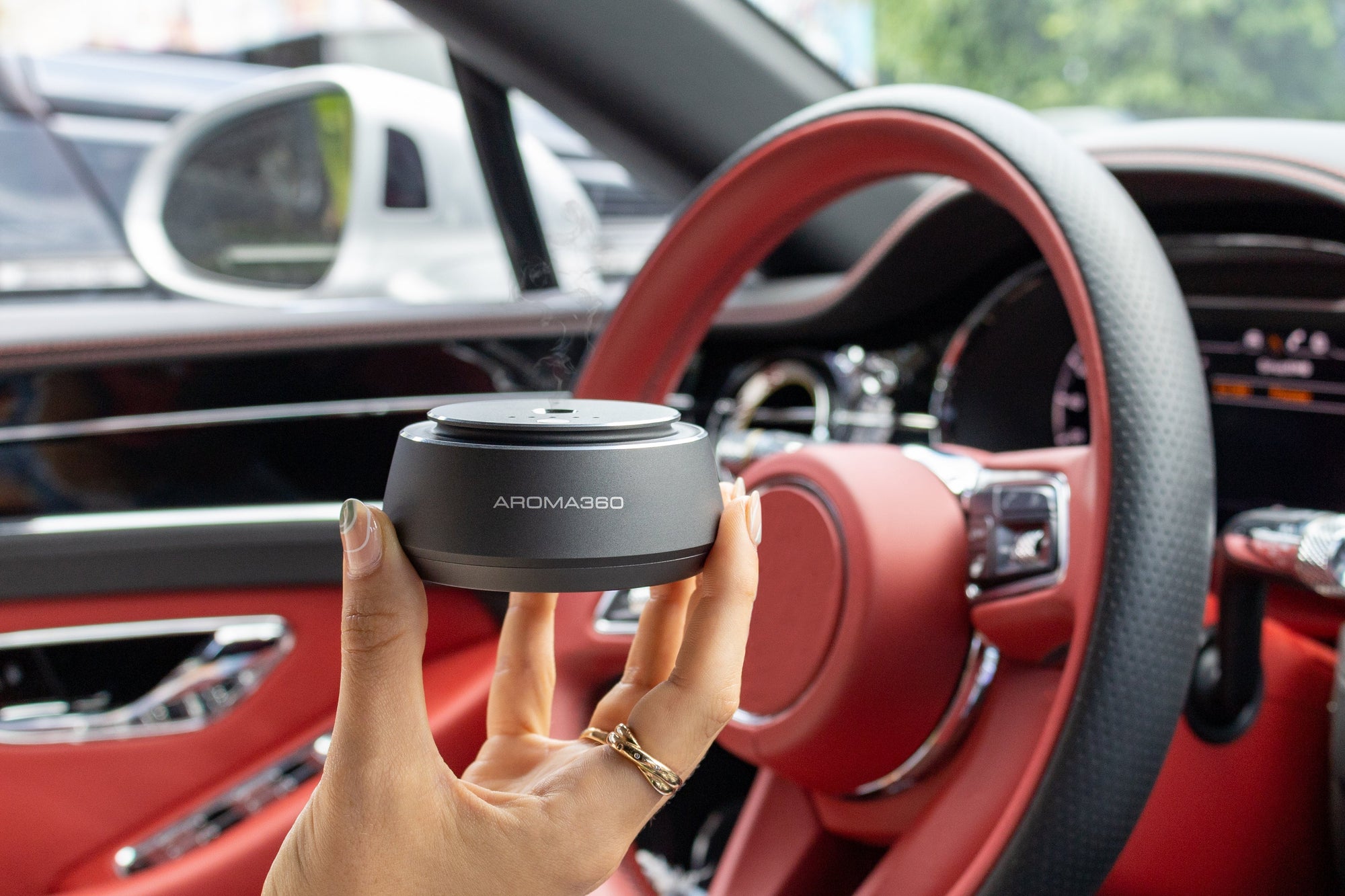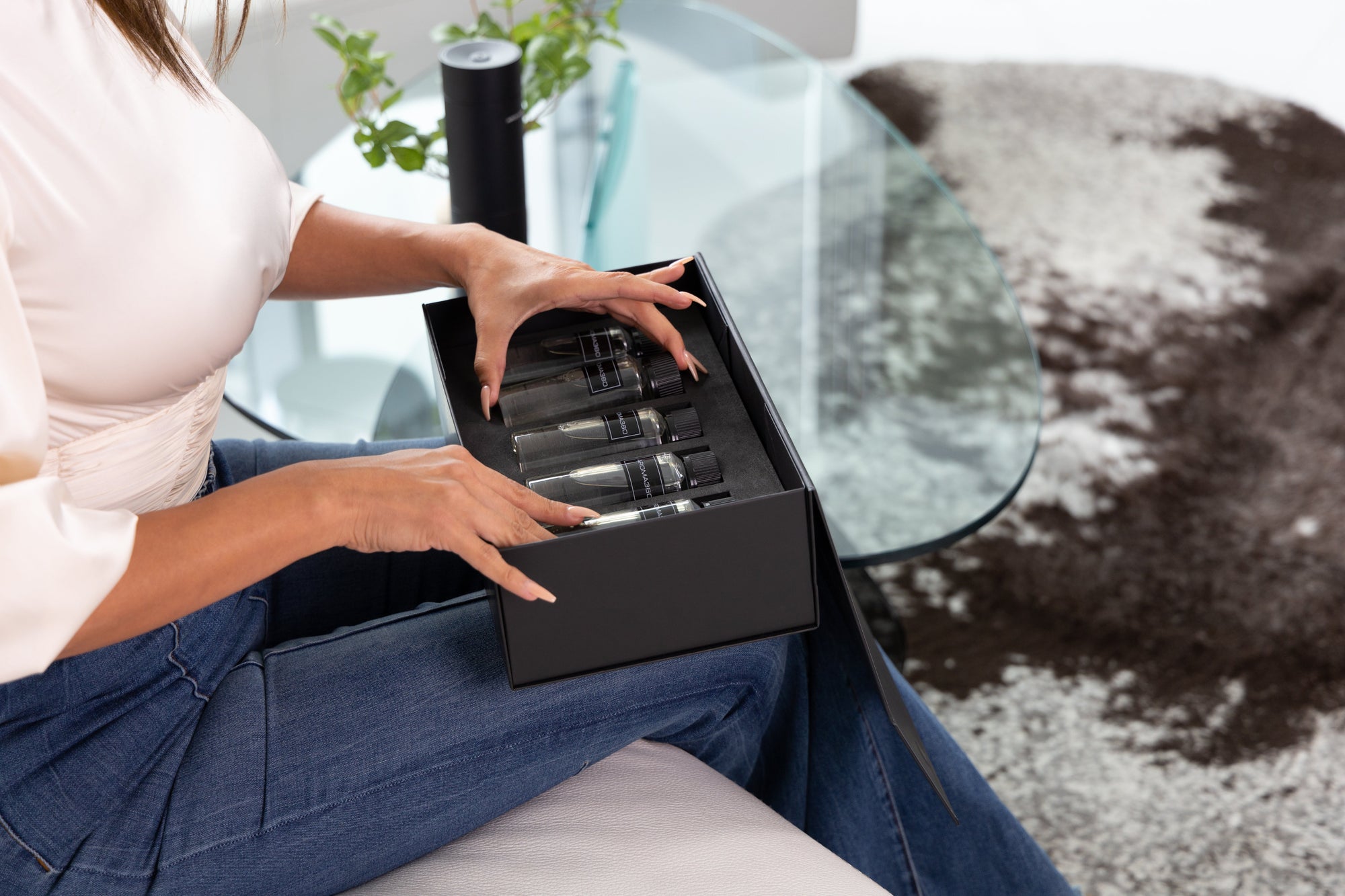For all of us fragrance lovers, there’s nothing like walking into a space that feels instantly welcoming and elevated. The right diffuser is perfect for setting the tone, whether that’s spa-like serenity, energizing freshness, or your signature scent, your olfactory stamp that guests recognize when they arrive and remember long after they leave. But if you’ve ever found yourself comparing cold-air diffusers vs. nebulizers, you know it’s not a one-size-fits-all decision.
Both offer impressive ways to diffuse essential oils without heat, but the mechanism of how they work, the kind of aromas they produce, and the therapeutic benefits they deliver can vary greatly. The differences are nuanced, and we’re interested in aromachology, in how what we scent affects our own and others’ moods, the art of nuance, aren’t we? This guide will break down a few different types of popular diffusers, how each one works, and which might be best for your space, lifestyle, and scenting goals.
Understanding diffusers
First, let’s cover the basics. Essential oil diffusers, barring reed diffusers, include any device that disperses tiny particles of fragrance into the air. They turn little droplets of essential oils or fragrance blends into a suspended scent that lingers in the air. They’re A+ mood setters. But not all diffusers work the same way; certain diffusers meet certain scent-specific needs.
Types of diffusers
Cold-air diffusers
What is a cold-air diffuser?
Cold-air diffusers use a gentle pump to mix cold air and atomized essential oil blends into tiny particles, dispersing scent without water dilution or heat. This creates a dry, residue-free mist that’s great around sensitive noses, pets, and children. We’ll note here that these diffusers use a blend of essential oils (oil distilled directly from the source) and perfumer-crafted notes designed for longer-lasting and more complex scent profiles. The cold-air method preserves the full therapeutic properties of your oils while providing a consistent, luxurious experience in any space. It’s the gold standard in scenting technology, and it’s what we use at Aroma360. From the Mini Pro to the Museum360 XL, every diffuser we sell is engineered with this advanced cold-air system.
The benefits of a cold air diffuser
Cold-air diffusers use a fan or pressure to push air through an oil solution, breaking it into ultra-fine micro-droplets that remain suspended in the air for longer, more extended periods of time than other diffusing methods. This delivery system makes them especially effective for large spaces or a larger area where the goal is even, consistent scent coverage. These diffusers are popular because they don’t use water or heat to create their mist, but rather provide a residue-free way to elevate your atmosphere. From scenting an open-concept home to creating a branded ambiance for your commercial space, this method ensures every square foot bears your scent signature.
Nebulizing diffusers
How does a nebulizer work?
Nebulizers are a waterless diffuser as well, and they also work without heat on pure essential oils, but these diffusers keep your fragrance experience as concentrated as possible. They pull oil from a reservoir and use a pressurized air pump to push the mixture through a precision nozzle, producing a fine mist of undiluted oil particles. This direct concentration preserves the integrity of your oils, offering a potent aroma ideal for those seeking maximum impact and therapeutic purity. But be careful: pure essential oil nebulizers are potentially dangerous to those particularly sensitive to smells, young children, and pets. Always diffuse responsibly, no matter what device you choose.
Nebulizing: concentrated scent
Nebulizing diffusers work with pure essential oils: no water, no heat, no blends. So you’re getting the oil in its most natural, concentrated form. That makes them a favorite for people who want a deep, focused aromatherapy session. The scent comes through strong and true, perfect for wellness rituals or when you want to fully immerse yourself in one aroma. The trade-off? It won’t hang in the air as long as blends made for all-day diffusion. But for short, targeted sessions in smaller spaces, a nebulizer delivers a direct, powerful scent experience that’s hard to beat.
Ultrasonic diffusers
Aroma by way of water
We should also mention the ultrasonic aroma diffuser. These diffusers mix water with drops of essential oil or fragrance and use ultrasonic vibrations to turn the mix into a cool mist of oil-and-water droplets. This creates a subtle scent cloud that may also add a humidifier-like dampness to the air. They’re a go-to for people who want just a hint of fragrance and a touch of hydration.
The pros and cons
Ultrasonic diffusers are great for smaller spaces. When you want a bit of atmosphere and gentle aromatherapy, just add water and a couple drops of oil and you’re off. The fragrance is lighter than what you’d get from a cold-air or nebulizing diffuser, and since you’re generally using a few drops per water used, you conserve oil better. The caveat is to keep an eye on your diffuser’s reservoir; the water will evaporate faster under ultrasonic treatment until the machine runs dry. But all things considered, they’re affordable, easy to maintain, and give off a soft, steady scent that makes them a favorite for anyone just starting out with home fragrance.
See more: Aroma’s cold-air diffusers vs. ultrasonic diffusers
Evaluating the effectiveness of different types of diffusers
All three diffusers we’ve mentioned are effective; it just depends on what you’re trying to do with your scent. Some people want a smell in their space so potent it practically holds their hand from across the room, while others want a softer, more balanced presence that lingers without begging for attention. This is where the details matter: the technology inside your diffuser, the way it disperses oils, and how that aligns with your space (like an invisible interior designer) and your scenting goals.
Cold-air diffuser vs. nebulizer: which is better?
When it comes to choosing between diffuser types, it’s less about better and more about personal preference and what you’re going for. If you’re seeking the most concentrated properties from pure essential oils, go full tilt with a nebulizing diffuser. Nebulizing essential oils will pack the biggest punch in smaller, confined spaces.
If you’d rather have a more powerful scent throw (a term usually reserved for a candle’s scent dissipation throughout a room, but it works here too), cold-air diffusers are hard to beat. They give you greater control, the flexibility to use both essential oil blends and luxury fragrance oils, and the benefit of low-maintenance operation. Often equipped with fine-tuned scent control, they’re the aroma aficionado’s first choice.
Are cold-air diffusers worth it?
Absolutely! Especially if you’re working with larger spaces and want your scent to feel consistent from corner to corner. Cold-air diffusers are low on upkeep, built with high quality materials, and flexible enough to work with luxury fragrance oils in high volumes and precise diffusion schedules.
Safety and practicality
Diffusing oil should lift a space up, not work against it. The good news? With the right diffuser, you can enjoy a scent experience worthy of a perfumer strolling the Ponte Vecchio. From protecting the air you breathe to keeping pets and kids in mind, safety and practicality are just as important as the scent itself when choosing the right technology for your home or business.
Safety of cold-air diffusers
If you’re scenting a space that you share with kids or pets, quality and care matter more than ever. Cold-air diffusers are often one of the safest picks. They don’t use heat, their output is gentler yet reaches farther, and they won’t change the room’s humidity or air texture. They also tend to have more fine-tuned controls for things like scent density and auto shut-off. For the best results, stick with high quality oils or pure luxury fragrances, give your diffuser a regular clean to prevent buildup, and choose the best oil blends for your space. That way, you get both peace of mind and a consistently elevated fragrance experience.
Value of nebulizing diffusers
It’s worth mentioning here the value of nebulizing diffusers. Don’t get the impression that they’re relentless fog machines or a mysterious device reserved for shamans! Nebulizers are great at preserving the full benefits of undiluted oils. This makes them the go-to choice for those seeking a more focused aromatherapy experience. But note that they do use oil more quickly, which can make them a bit more expensive to operate over time. Not to mention pure essential oils tend to be pricier than blends. But for many, the purity and potency are well worth it.
Choosing the best essential oil diffuser
As we mentioned on the front-end, the best diffuser is the one that fits your life, your space, and your scent goals. Whether you’re creating a personal sanctuary, scenting an open floor plan, or branding your boutique, business, or showroom, the right choice will depend on the demands of your space and intention.
Key factors to consider
-
Oil: Decide if you want to use pure essential oils, essential oil blends, or diluted fragrance oils (say, with water).
-
Space: Larger spaces may benefit from cold-air diffusers. Smaller, more intimate areas might be fine with ultrasonic diffusers or compact nebulizers.
-
Features: Define what features are on your nice-to-have list, like automatic shut-off, low-maintenance designs, and multiple scent settings.
-
Wellness: If therapeutic benefits are your priority, a waterless diffuser that doesn’t dilute your oils may be best.
Recommended options for home fragrance
-
Use high quality oils for the best benefits of essential oils and aromatherapy.
-
Diffuse in cycles (30 to 60 minutes) to prevent scent fatigue.
-
Always follow regular cleaning routines to protect your diffuser and maintain the integrity of your oils.
-
Explore Aroma360’s Scent Diffuser Collection for high quality cold-air options designed for well-being and ambiance.
Frequently asked questions
Is a nebulizer or cold-air diffuser better?
It depends on your priorities. Nebulizing diffusers preserve therapeutic properties, while cold-air diffusers are more versatile with different oil types and are better for large spaces and fine-tuned control.
Are cold-air diffusers worth it?
Yes. They’re efficient, low-maintenance, and offer consistent coverage across larger areas with minimal oil waste.
Are nebulizing diffusers worth it?
If you value wellness and using pure essential oils undiluted, nebulizers are a great investment.
Are cold-air diffusers safe to use?
Yes, when used with high quality oils and proper regular cleaning.


